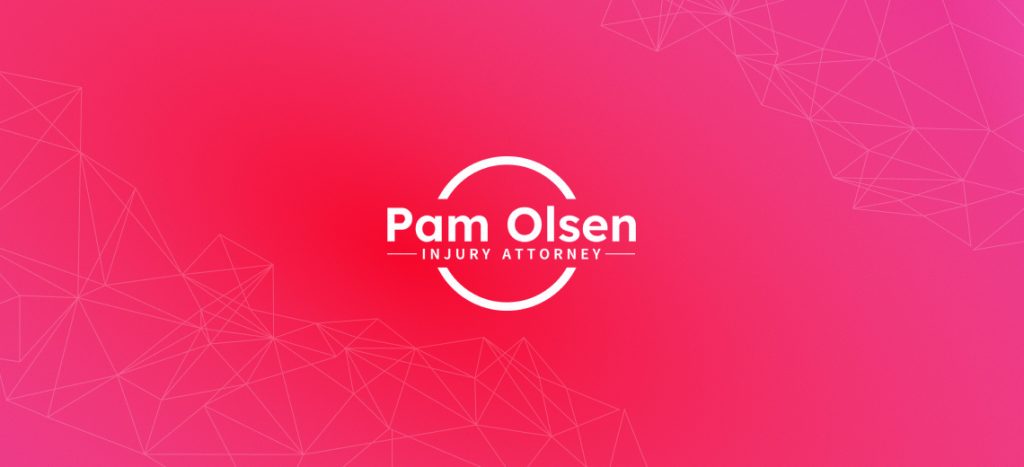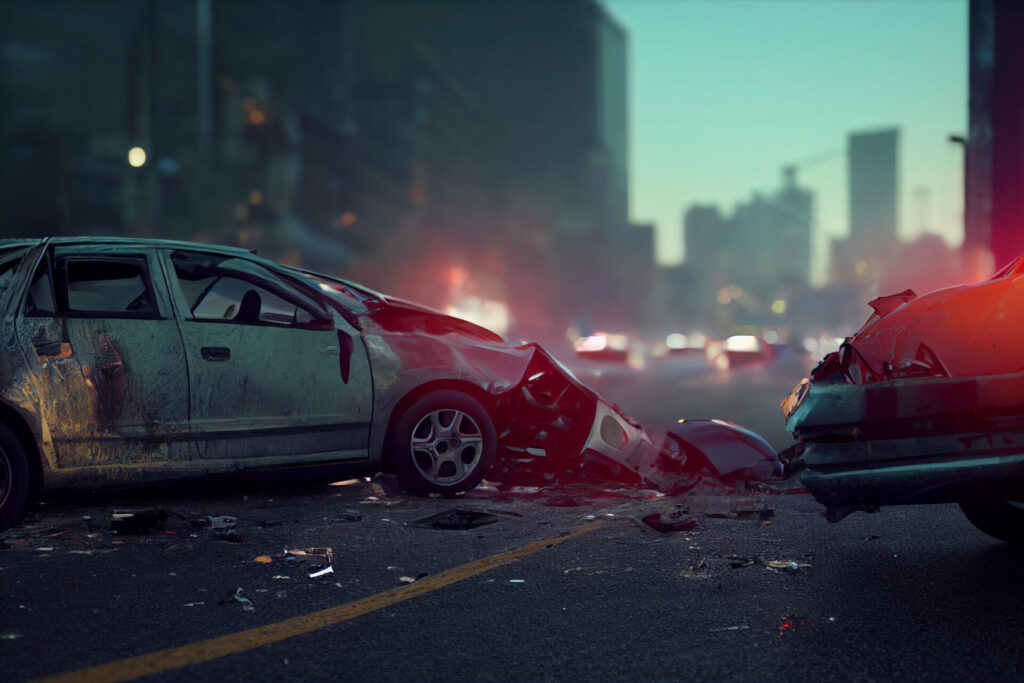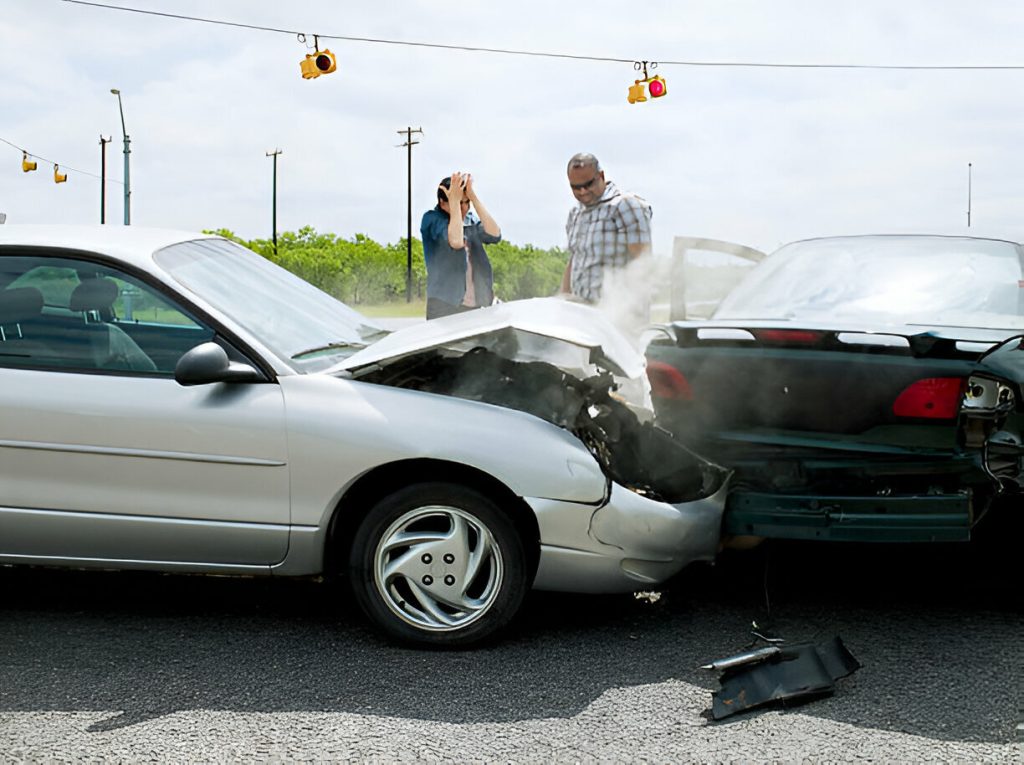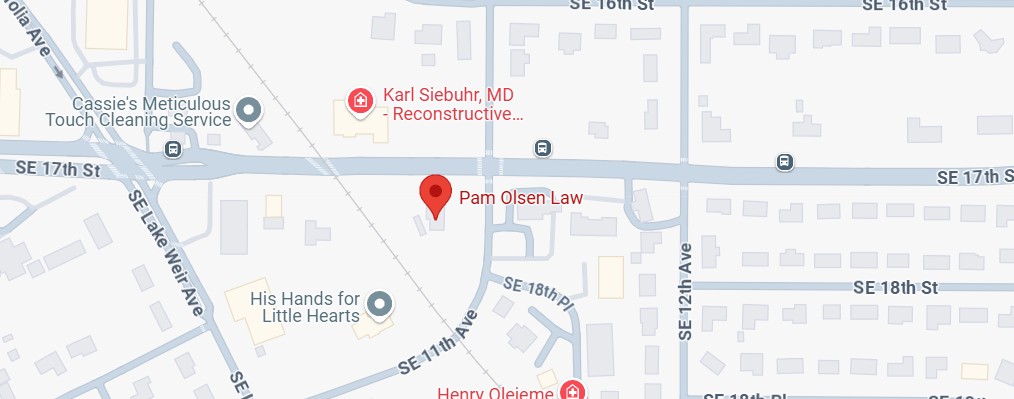Key Takeaways:
- Head-on collisions are exceptionally dangerous because they combine the speeds of both vehicles traveling in opposite directions, often resulting in catastrophic injuries, traumatic brain injuries, and even death.
- Distracted driving is a leading cause, including texting, eating, talking to passengers, or adjusting controls, which reduces reaction time and can cause drivers to drift into oncoming traffic.
- Wrong-way driving creates the most dangerous scenarios, occurring when drivers travel the wrong direction on one-way streets, enter highways through exit ramps, or drive against traffic flow due to confusion.
- The wrong-way driver typically bears fault under legal presumption, as they’re considered negligent for failing to operate their vehicle with reasonable care.
- Florida uses a pure comparative negligence system, meaning victims can still recover damages even if partially at fault, though compensation is reduced by their percentage of responsibility.
- Common severe injuries include traumatic brain injuries, spinal cord injuries, broken bones, internal injuries, and chest/abdominal trauma due to the extreme forces involved.
- You have only two years to file a claim in Florida (reduced from four years in 2023), making prompt legal action crucial to preserve evidence and protect your rights.
- Florida’s no-fault insurance system requires $10,000 minimum PIP coverage, but victims with severe injuries can pursue additional compensation beyond this coverage.
- Multiple factors contribute to these crashes, including impaired driving, dangerous passing maneuvers, poor weather conditions, mechanical failures, and driver fatigue.
- Professional legal representation is essential to investigate thoroughly, gather evidence, handle insurance negotiations, and ensure maximum compensation for complex head-on collision cases.
Head-on collisions are among the most devastating types of car accidents that can occur on Florida’s roads. When two vehicles traveling in opposite directions collide, the results are often catastrophic, leading to serious injuries, traumatic brain injuries, and even wrongful death claims. If you’ve been involved in a head on car accident in Ocala, understanding how these crashes typically happen and who bears responsibility is crucial for protecting your rights and securing the compensation you deserve. But you can’t do this on your own—you need an experienced Ocala personal injury attorney who can fight for your rights, handle the legal chaos, and make sure you get the compensation you truly deserve.
Understanding Head-On Collisions: The Basics
A head-on collision occurs when two vehicles traveling in opposite directions crash into each other. Unlike other types of car accidents, head on collisions involve tremendous force because the impact combines the speed of both vehicles. When vehicles traveling at even moderate speeds collide head on, the resulting crash can cause catastrophic injuries that forever change lives.
In Florida, car accidents continue to be a major concern, with the state experiencing 331,903 car crashes in 2024 alone. While specific head-on collision data for Marion County isn’t separately tracked, these types of crashes represent some of the most serious accidents on our roads.
How Head-On Collisions Typically Occur
Understanding the common causes of head-on accidents can help drivers recognize dangerous situations and take steps to avoid them. Let’s examine the primary ways these devastating crashes happen.
Distracted Driving: A Leading Cause
Distracted driving remains one of the most significant factors in head-on crashes. When drivers lose focus on the road, they may drift into oncoming traffic without realizing it. Common distractions include:
- Using a mobile phone for texting or calling
- Eating or drinking while driving
- Engaging in conversation with passengers
- Using navigational systems
- Trying to find something in a bag or purse
- Adjusting the radio or other controls
When a driver’s attention is diverted, their reaction time decreases significantly, and they may not realize they’re veering into the wrong lane until it’s too late to correct the course.
Wrong-Way Driving
One of the most dangerous scenarios leading to head-on collisions is wrong-way driving. This occurs when drivers:
- Travel the wrong way on one-way streets
- Enter highways through exit ramps
- Make wrong turns at intersections
- Drive against traffic flow due to confusion
Wrong-way crashes are particularly dangerous because they typically result in head-on collisions, making them among the most fatal types of accidents on our roads. According to the AAA Foundation for Traffic Safety, between 2010-2018, there were 2,921 fatal wrong-way crashes resulting in 3,885 deaths—an average of 430 deaths per year.
Impaired Driving
Driving under the influence of alcohol or drugs significantly increases the risk of head-on accidents. Impaired drivers may:
- Lose control of their vehicle
- Have delayed reaction times
- Make poor judgment calls
- Drift into oncoming traffic
- Fail to recognize traffic signs and signals
DUI-related head-on crashes are especially common during nighttime hours when visibility is already reduced.
Passing Maneuvers Gone Wrong
On two-lane roads, drivers attempting to pass slower vehicles may misjudge the distance of oncoming traffic. When a driver moves into the opposite lane to pass and encounters an oncoming vehicle, a head-on crash becomes inevitable if they cannot return to their lane in time.
Weather-Related Factors
Poor weather conditions contribute to many head-on collisions by:
- Reducing visibility (fog, rain, bright sunlight)
- Creating slippery road conditions
- Causing drivers to lose control of their vehicles
- Making it difficult to judge distances and speeds
Mechanical Failures
Sometimes, head-on collisions result from mechanical issues beyond the driver’s immediate control:
- Tire blowouts causing loss of control
- Steering defects
- Brake failures
- Other vehicle malfunctions
Driver Fatigue
Falling asleep at the wheel is another common cause of head-on crashes. Drowsy drivers may drift into oncoming traffic lanes without realizing it, leading to devastating collisions.
Who’s at Fault in Head-On Collisions?
Determining fault in head-on collisions is crucial for victims seeking compensation for their injuries and damages. In most cases, fault determination follows specific patterns, though each accident requires individual investigation.
The At-Fault Driver: Primary Responsibility
In the majority of head-on collisions, the at fault driver is the one who was traveling in the wrong direction. There’s a legal presumption that the person driving on the wrong side of the road or in the wrong direction bears responsibility for the accident.
The law uses negligence standards to determine fault. Negligence occurs when a driver fails to operate their vehicle with reasonable care, resulting in injury or damage to others. Common examples of negligent actions leading to head-on crashes include:
- Crossing the centerline into oncoming traffic
- Wrong-way driving on highways or one-way streets
- Reckless passing maneuvers
- Distracted or impaired driving
Exceptions to Standard Fault Assignment
While the wrong-way driver typically bears responsibility, there are exceptions where fault may be shared or assigned differently:
Multi-Vehicle Scenarios: Sometimes a collision between vehicles traveling in the same direction can push one vehicle into oncoming traffic. In these cases, the driver who caused the initial collision may bear responsibility for the resulting head-on crash.
Sudden Medical Emergencies: If a driver experiences an unexpected medical emergency that causes them to lose control, fault determination becomes more complex.
Mechanical Failures: When properly maintained vehicles experience sudden mechanical failures, the fault may lie with manufacturers or maintenance providers rather than the driver.
Poor Road Conditions: Inadequately maintained roadways or missing traffic signs can contribute to accidents, potentially reducing driver liability.
Florida’s Comparative Fault System
Florida follows a pure comparative negligence system, which means that even if you’re partially at fault for an accident, you can still recover damages. However, your compensation will be reduced by your percentage of fault.
For example, if you’re found to be 20% at fault for a head-on collision, your damage award would be reduced by 20%. This system ensures that victims can still receive compensation even when they bear some responsibility for the accident.
Evidence Used to Prove Fault
Establishing fault in head-on collisions requires thorough investigation and evidence gathering. The most important types of evidence include:
- Police Reports: Official documentation of the accident scene and officer observations
- Witness Statements: Accounts from people who saw the accident occur
- Surveillance Video: Footage from traffic cameras or nearby businesses
- Medical Records: Documentation of injuries consistent with head-on impact
- Accident Reconstruction: Expert analysis of the crash mechanics
- Physical Evidence: Skid marks, vehicle damage patterns, and debris
Common Injuries in Head-On Collisions
The tremendous force involved in head-on crashes often results in severe, life-threatening injuries. Understanding these common injuries helps victims recognize the full scope of their damages:
Traumatic Brain Injuries
Head-on collisions frequently cause traumatic brain injuries (TBI) due to the violent impact forces. These injuries can range from mild concussions to severe brain damage requiring lifelong care.
Spinal Cord Injuries
The impact of opposite directions colliding can cause serious spinal cord injuries, potentially resulting in paralysis or other permanent disabilities.
Broken Bones and Fractures
The force of two vehicles colliding head-on often causes multiple fractures, particularly in the legs, arms, ribs, and facial bones.
Internal Injuries
The sudden deceleration in head-on crashes can cause internal organs to shift violently, leading to internal bleeding and organ damage.
Chest and Abdominal Injuries
Despite seatbelt use, head-on collisions can cause serious chest and abdominal injuries due to the extreme forces involved.
Your Legal Options After a Head-On Collision
If you’ve been injured in a head-on collision in Ocala, you have important legal rights that need protection. Understanding these options can help you make informed decisions about your case.
Florida’s No-Fault Insurance System
Florida operates under no-fault insurance laws, requiring all drivers to carry a minimum of $10,000 in Personal Injury Protection (PIP) coverage. This insurance covers your medical bills and certain other expenses regardless of who caused the accident.
However, when injuries are severe or permanent, you may be able to step outside the no-fault system and file a claim against the at-fault driver’s insurance company.
Filing a Personal Injury Claim
If your injuries meet certain thresholds, you can pursue compensation beyond your PIP coverage. This may include:
- Medical Expenses: Current and future medical bills related to your injuries
- Lost Wages: Income lost due to your inability to work
- Pain and Suffering: Compensation for physical pain and emotional distress
- Property Damage: Repair or replacement costs for your vehicle
- Loss of Earning Capacity: Compensation for reduced ability to earn income
Statute of Limitations
IMPORTANT: In Florida, you have two years from the date of the accident to file a personal injury claim. For wrongful death claims, the statute of limitations is also two years. Acting quickly is important to preserve evidence and protect your rights.
Note: Florida changed its personal injury statute of limitations from 4 years to 2 years in 2023, making it crucial to act promptly.
Why You Need Legal Help
Head-on collisions involve complex legal and medical issues that require experienced handling. An experienced personal injury attorney can:
- Investigate the accident thoroughly to establish liability
- Gather and preserve crucial evidence
- Handle negotiations with insurance companies
- Ensure all deadlines are met
- Fight for maximum compensation for your injuries
Insurance companies often try to minimize payouts, especially in serious accidents involving significant damages. Having strong legal representation ensures your rights are protected and that you receive the compensation you deserve.
Get Your Free Consultation
If you’ve been injured in a head-on collision in Ocala, don’t wait to seek legal help. The aftermath of these serious accidents can be overwhelming, but you don’t have to face it alone. Contact our office today for a free consultation to discuss your case and learn about your legal options.
Remember, you have rights, and we’re here to help you protect them. With over 34 years of experience handling personal injury cases, we understand the unique challenges head-on collision victims face. We’re committed to fighting for the justice and compensation you deserve.
Don’t let the at-fault driver’s insurance company take advantage of you during this difficult time. Call us 24 hours a day, seven days a week for immediate assistance. Your path to recovery starts with understanding your rights and taking action to protect them.
You can love your car accident attorney in Ocala and love your results. We’re here for you 24 hours a day, seven days a week.
 CALL US NOW
CALL US NOW




